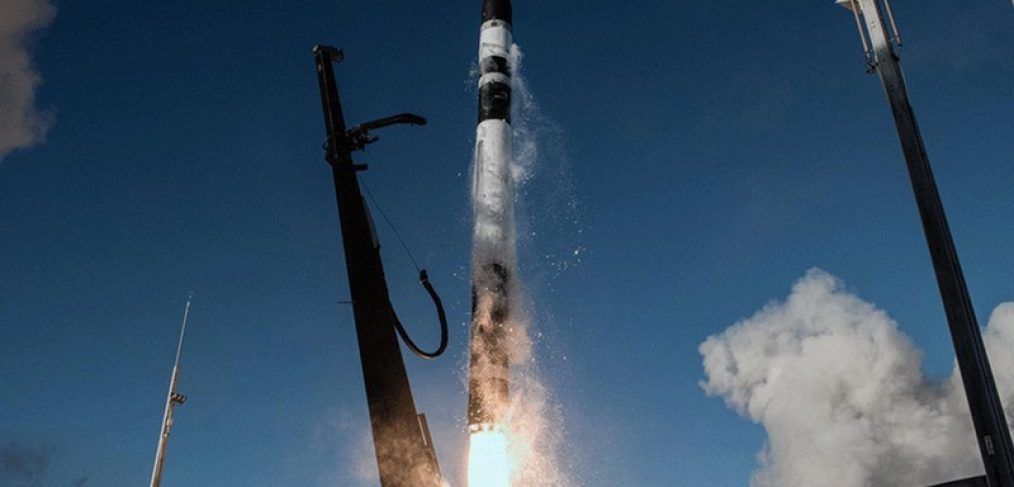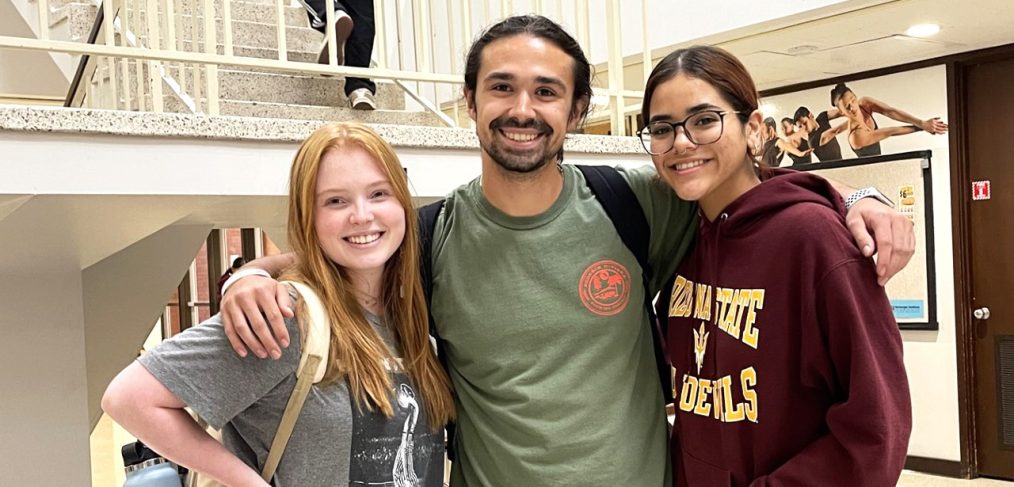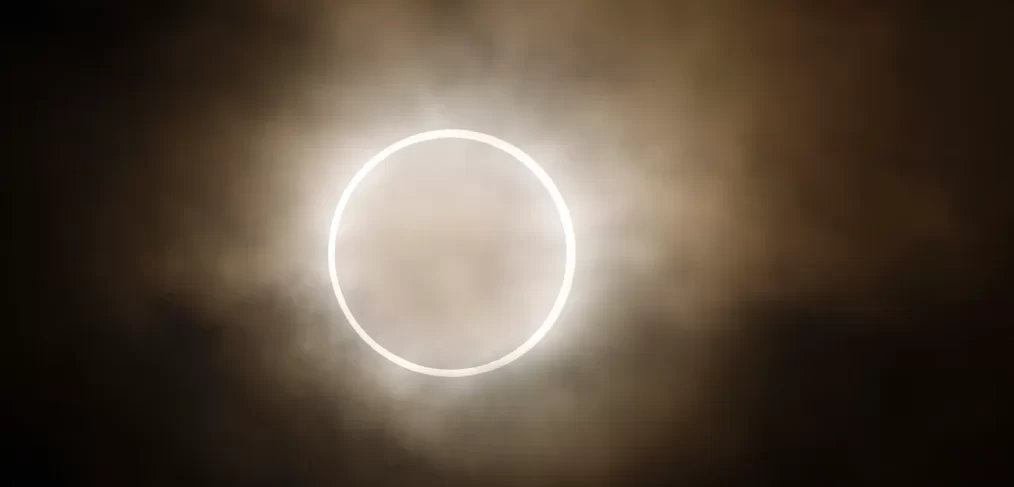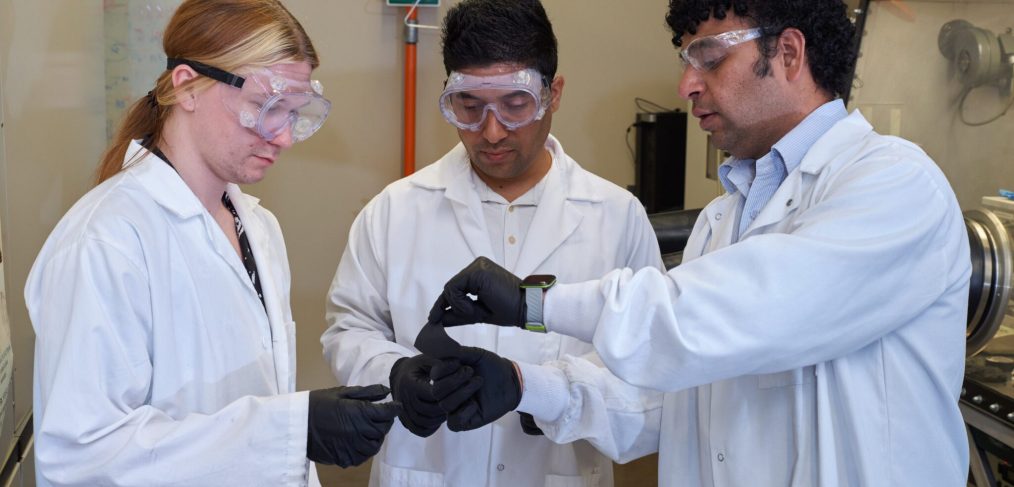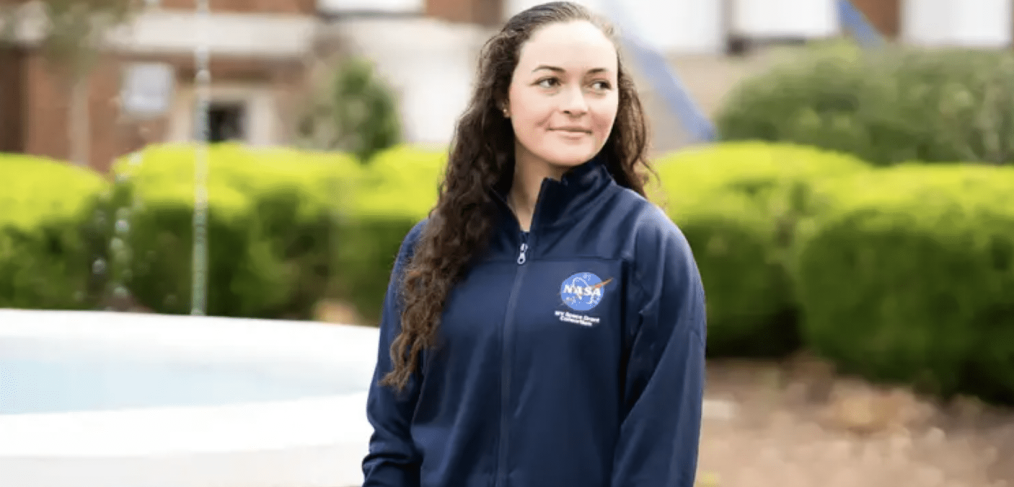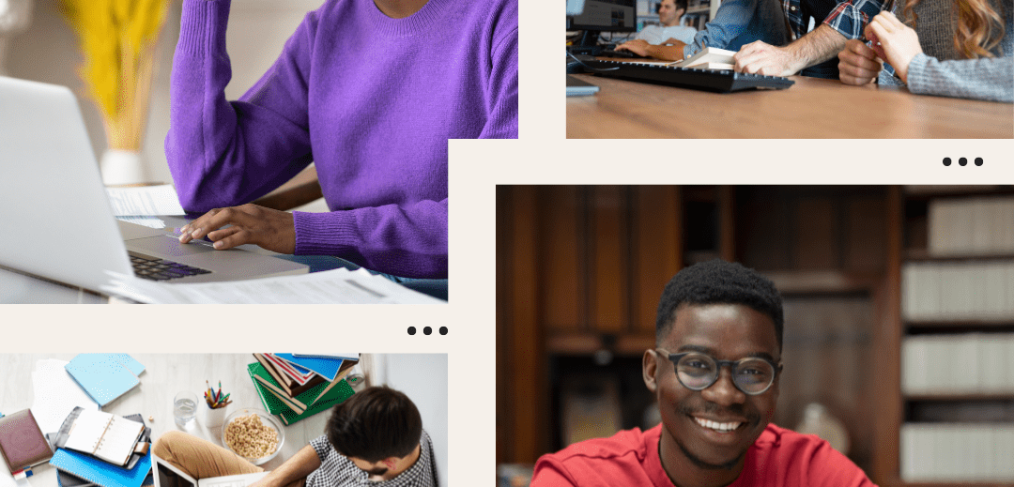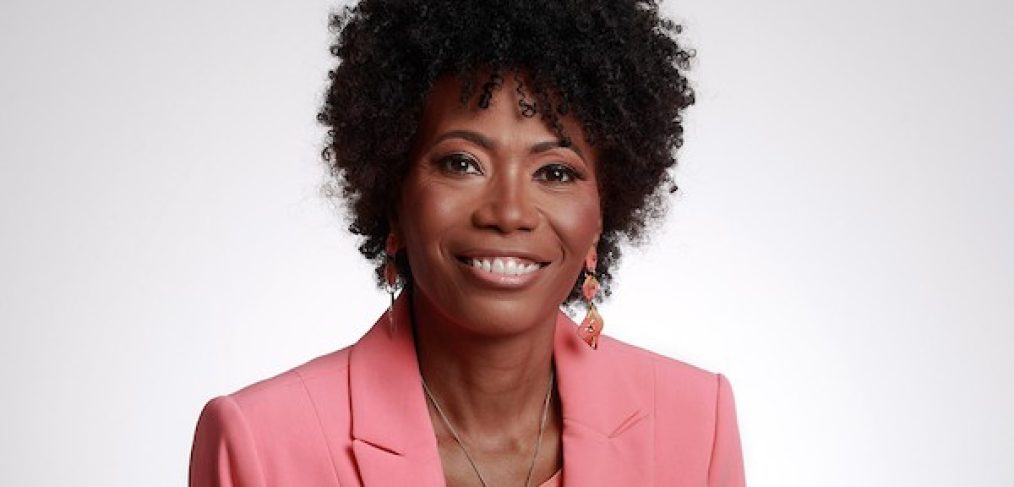Three Utah State University engineering students were awarded funding on behalf of the Utah Space Grant Consortium for internships this past summer.
Adam Weaver, a recent graduate student at USU studying mechanical engineering with an emphasis in aerospace engineering, and Payton Taylor, a senior also studying mechanical engineering with an emphasis in aerospace engineering, received $6,200 each for their internships at Northrop Grumman. They worked in the propulsion systems department for four months.
“I was very thankful for this opportunity and excited that I was a recipient,” Weaver said. “The internship was a great experience.”
Read the full article online at USU.edu.
Author Credit: Sydney Dahle | Public Relations Specialist | College of Engineering | Utah State University
Photo Credit: NASA


